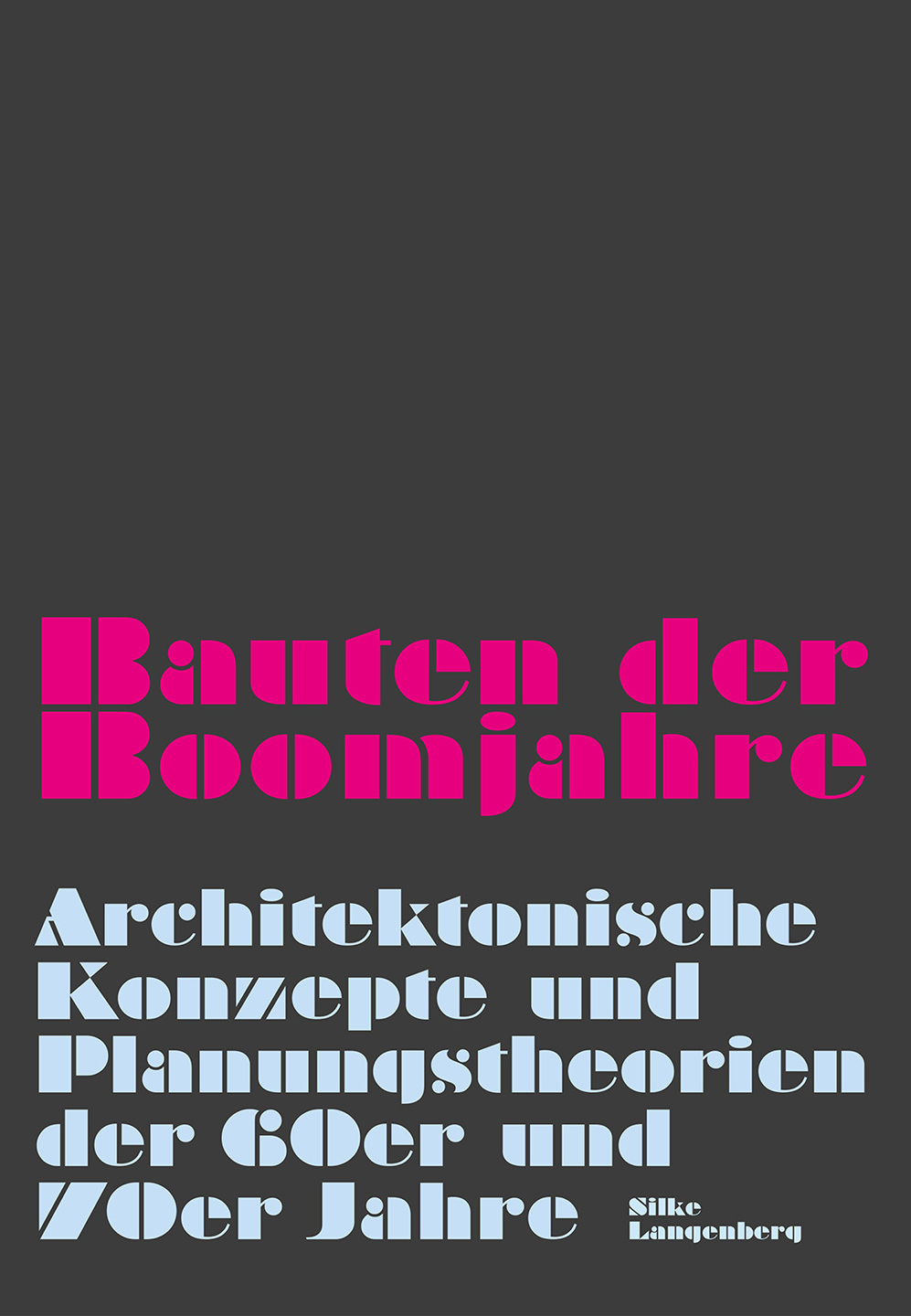Bauten der Boomjahre. Architektonische Konzepte und Planungstheorien der 60er und 70er Jahre.
Langenberg, Silke, Bauten der Boomjahre. Architektonische Konzepte und Planungstheorien der 60er und 70er Jahre, Dortmund: Wulff, 2006, 2nd ed. 2011.
The desire to optimise the construction and planning process leads to changed architectural concepts and planning theories in the 1960s and 1970s of the 20th century. For the construction of the large stocks – the buildings of the boom years – ideas already developed in the 1920s and 1930s for rationalising the production of building components or the entire construction process are partly taken up and attempted to be implemented. Although buildings constructed during the boom years account for almost half of Germany’s building stock at the beginning of the 21st century, there has long been a lack of research into the concepts and planning theories used for their construction. This publication is one of the first engineering dissertations in this field and examines the influence of various optimisation and rationalisation strategies on planning and execution. Using ideal-typical building tasks, contemporary theories and their implementation are traced: the economically influenced optimisation in the buildings of the large department stores’ corporations built in the 1960s and 1970s and the attempt at optimisation in terms of structural engineering and construction in the planning of mass universities. Photos by Tania Reinicke and Ekkehart Bussenius
